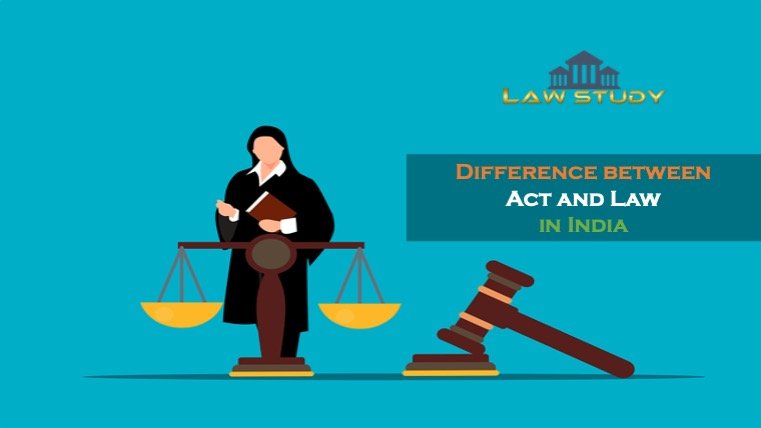
Constitution of India
Difference between Act and Law in India
Act and law are so similar that they are frequently used interchangeably. Law is a collection of norms & rules ...
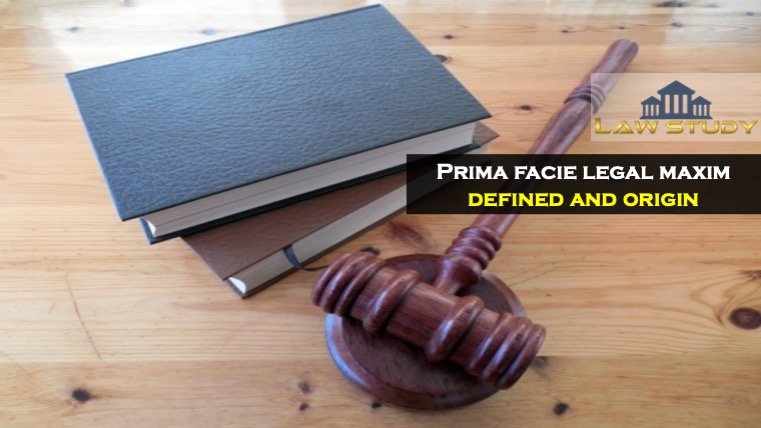
Law of Tort
Prima facie legal maxim : defined and origin
Introduction of the Prima facie legal maxim: – The term comes from Latin and it signifies “the case at first ...
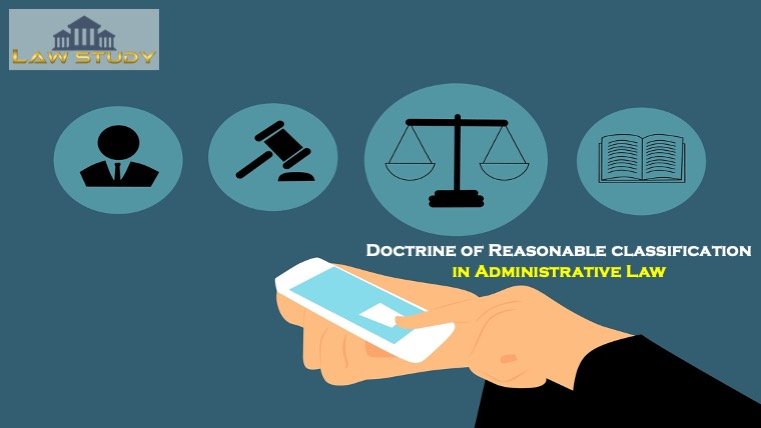
Administrative Law
Doctrine of Reasonable classification in Administrative Law
Introduction of the Doctrine of Reasonable Classification: – The principle of proportionality in administrative law stipulates that there should be ...

Indian Evidence Act
What is Oral Evidence under Indian evidence act, 1872
Introduction of the Oral evidence: – Evidence is a collection of facts that either proves or disproves a, as matter ...

Jurisprudence
Law and Justice : objective and definition
Introduction of the Law and Justice: – Law is a set of laws, guidelines, principles, & values established by a ...
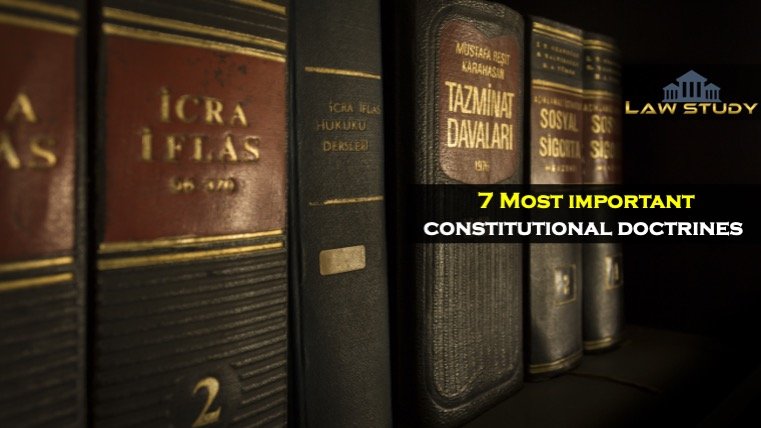
Constitution of India
7 Most important constitutional doctrines
Introduction of the 7 Most Important Constitutional Doctrines: – The term doctrine refers to a belief or collection of beliefs. ...

Women Laws
Dowry system – Custom or Crime with case laws
Introduction of the Dowry System: – The societal evil of dowry has degraded the Indian marital system and resulted in ...
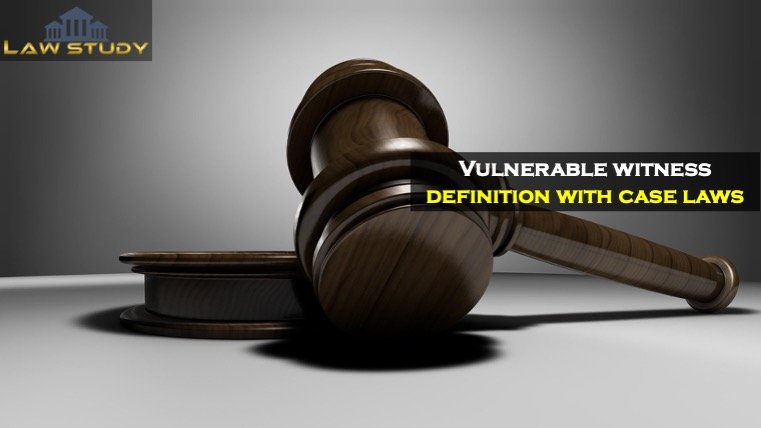
Criminal Procedure Code
Vulnerable witness definition with case laws
Introduction of the Vulnerable Witness: – Minors who are under the age of 18 and who are not able to ...
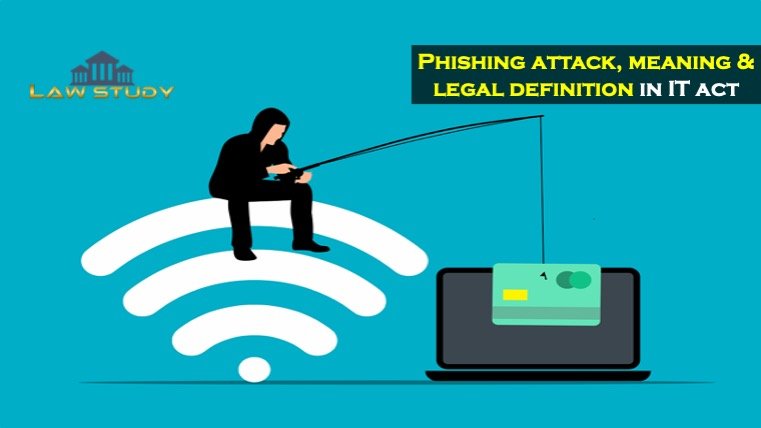
Cyber Law
Phishing attack meaning & legal definition in IT act
Introduction of the Phishing attack meaning and legal definition: – Phishing is a type of social engineering in computing that ...

Constitution of India
Importance of Quasi judicial body
Introduction of Importance of Quasi-judicial body: A quasi-judicial entity, such as an independent arbitrator or tribunal board, has similar powers ...
























